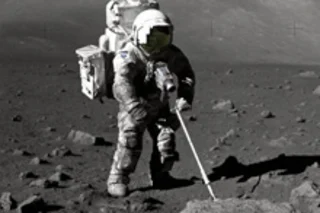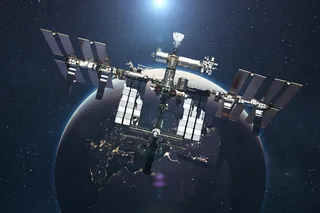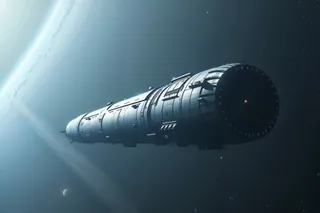In an attempt to smooth the way for future manned missions to the moon, a researcher who studied lunar dust almost 40 years ago has returned to his data to investigate why the dust behaves in such problematic ways.
The tiny grains cling to spacesuits and scientific instruments, causing myriad problems—clogging, abrasion, inhalation, obfuscation—for lunar visitors and the experiments they leave behind [Scientific American].
Physicist Brian O'Brien worked on several Apollo lunar landing missions from 1969 to 1971, building dust detection devices that were planted on the moon's surface. In 2006 he learned that NASA had lost the original data from those devices and decided to go back through his own set of data tapes from the experiments, to see if anything new could be learned.
"Dust is the number one environmental hazard on the moon, yet its movements and adhesive properties are little understood," said O'Brien [SPACE.com].
Lunar dust ...














